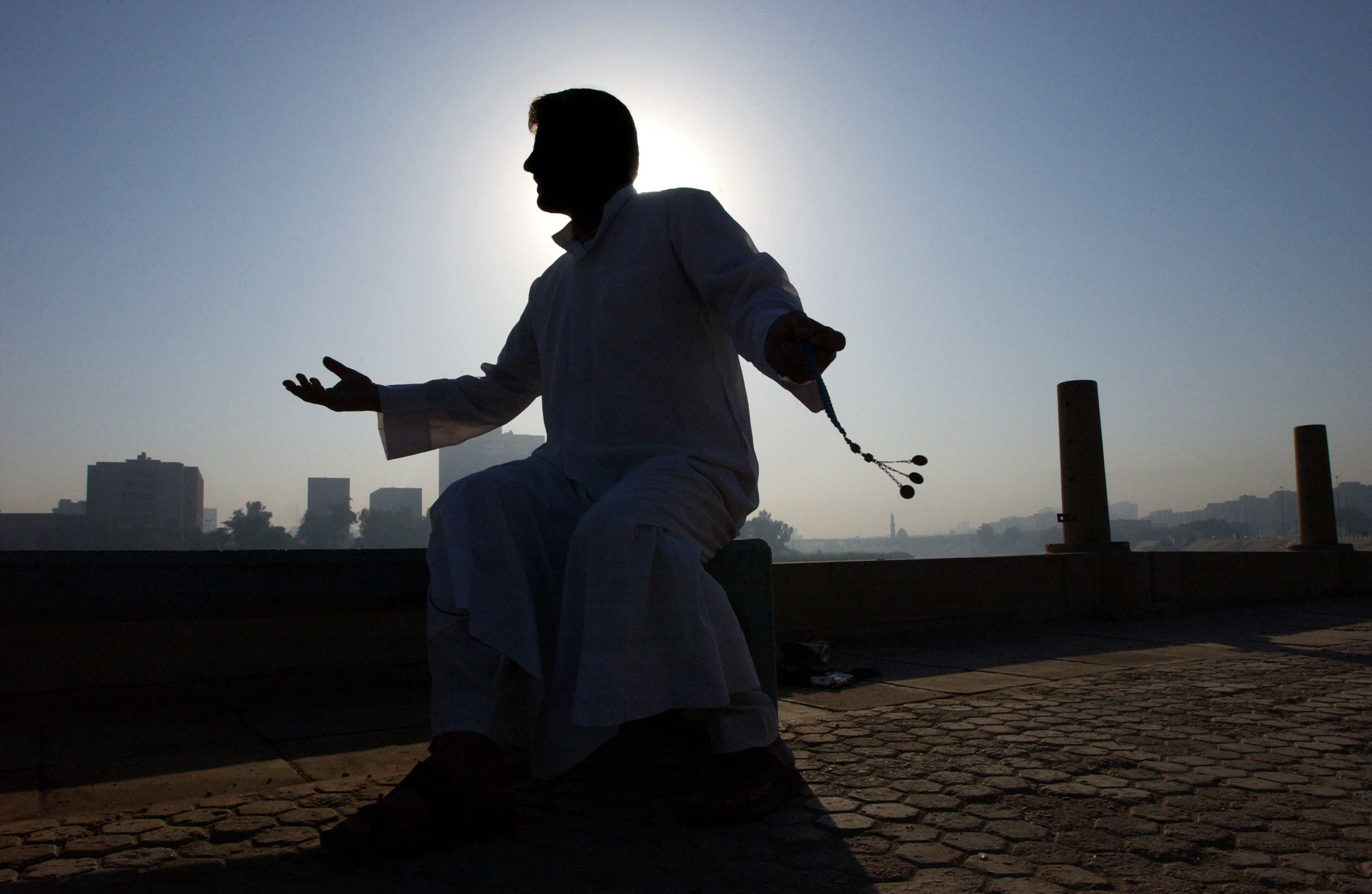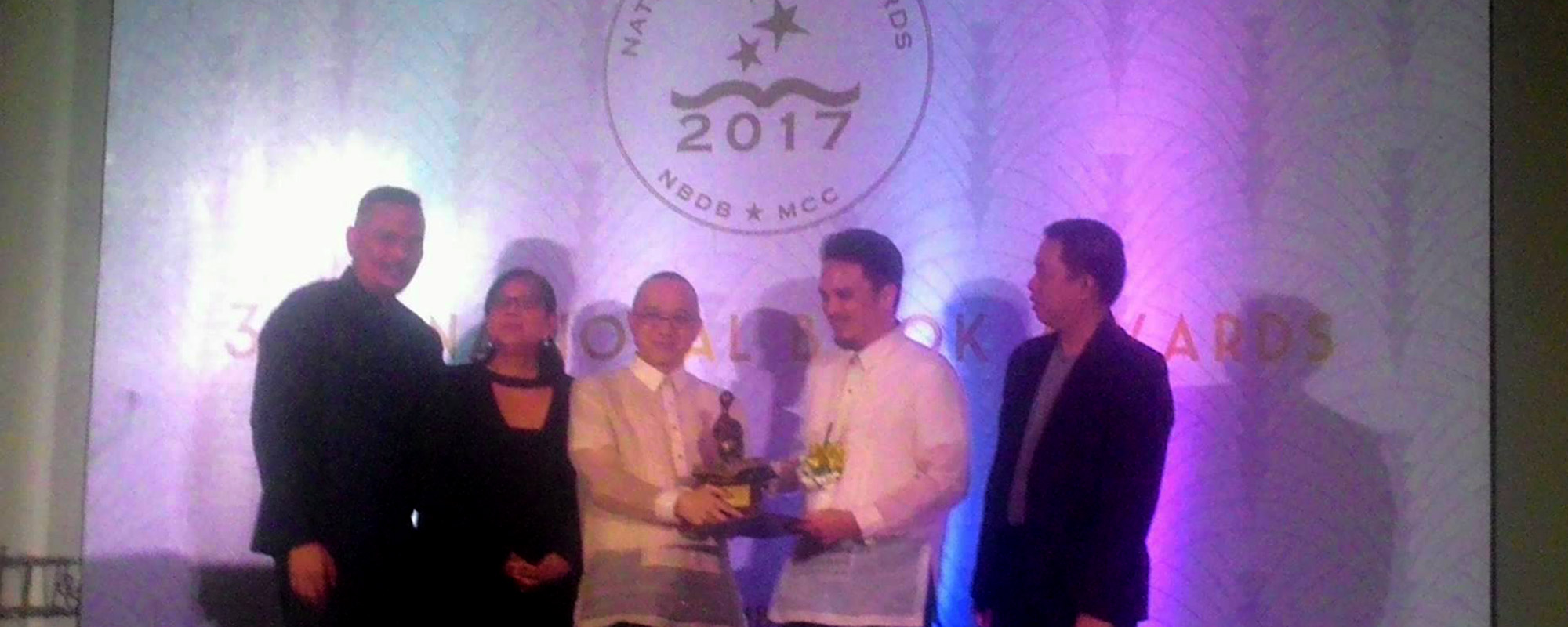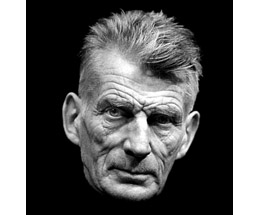SINEWAYA| Films on the Other Side: ‘Meeting Resistance’
Once again, with the new, well-made action film “Lone Survivor” directed by Peter Berg showing on many theaters today, we are bombarded by moving images that portray “heroic” American soldiers involved in one of their military adventures. Like its predecessors in films like “Black Hawk Down”, “The Hurt Locker” and “Zero Dark Thirty”, with Berg’s […]

Once again, with the new, well-made action film “Lone Survivor” directed by Peter Berg showing on many theaters today, we are bombarded by moving images that portray “heroic” American soldiers involved in one of their military adventures. Like its predecessors in films like “Black Hawk Down”, “The Hurt Locker” and “Zero Dark Thirty”, with Berg’s new movie we get to see American Navy SEAL soldiers fight heroically, nobly and against all odds. In “Lone Survivor” as with the other films, the enemies are mostly faceless. When they are depicted, they are usually depicted as barbaric and bloodthirsty–like the horde that killed fallen American soldiers in “Black Hawk Down” or the unseen bombers of “The Hurt Locker” and bin Laden supporters of “Zero Dark Thirty”.
Keeping this in mind, Sinewaya now features films that compellingly show the other side of the conflicts–the faces of the resistance against the invasions / occupations and the misery and oppression that these bring. They people are no longer the bloodthirsty enemies, but protagonists in patriotic wars, resistance fighters against foreign and oppressive invaders.

Photo by Molly Bingham/WorldPictureNews.
MEETING RESISTANCE (2007), co-directed by Molly Bingham and Steve Connors, is one such film. It featured the viewpoints of eleven Iraqi resistance fighters against the American invasion. No longer depicted as people driven by blind hate as in many Hollywood films, these Iraqi rebels evoke sympathy for their cause: They are only defending their country, only doing what anybody would do if their homelands were invaded, occupied and humiliated like Iraq was.
The docu film, in 8 parts on YouTube:
Also, watch the Democracy Now! interview with the filmmakers.



